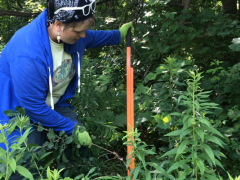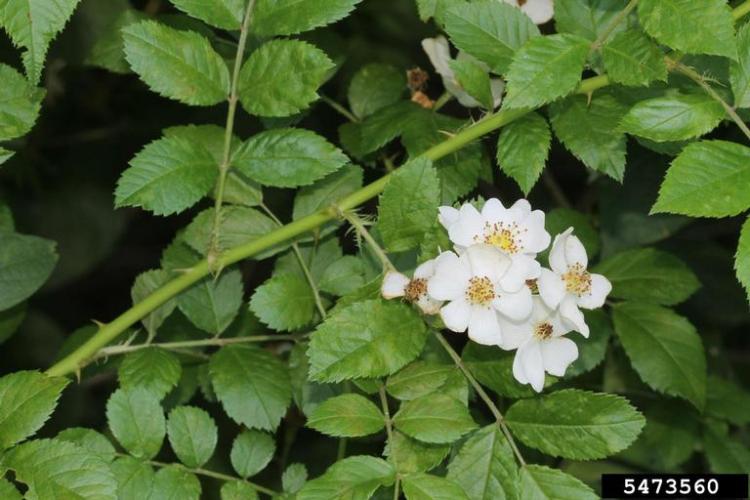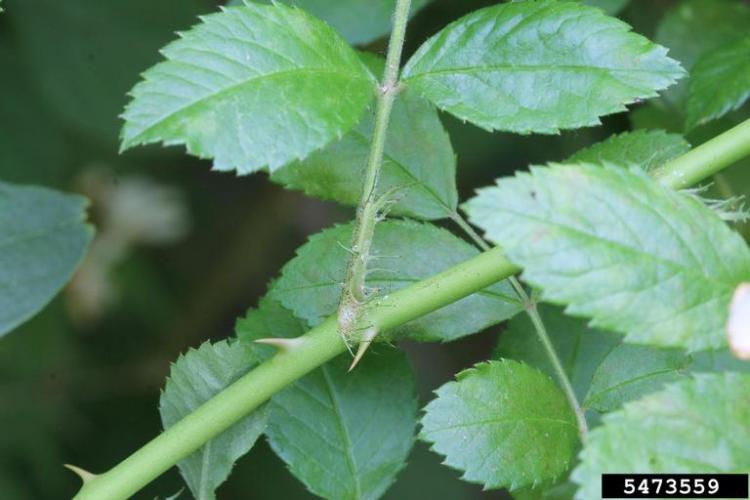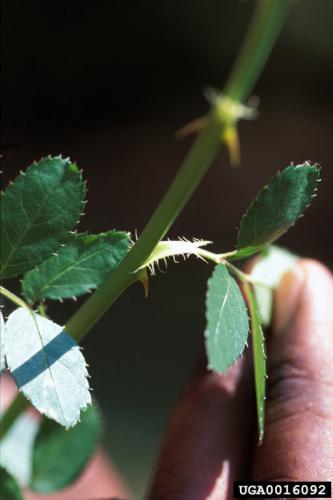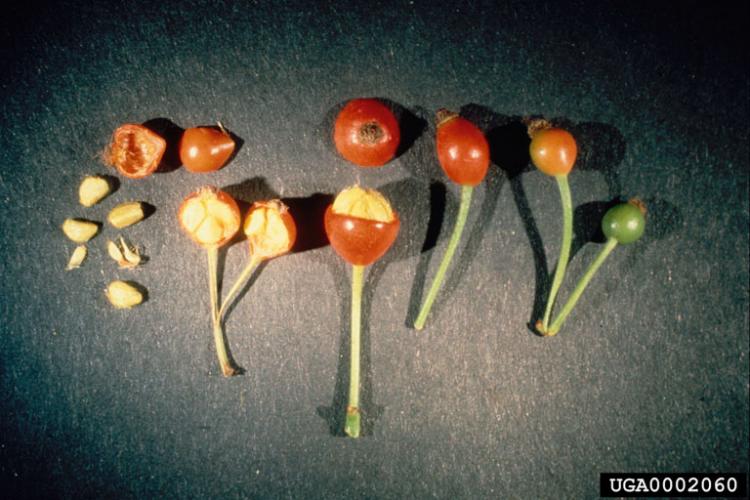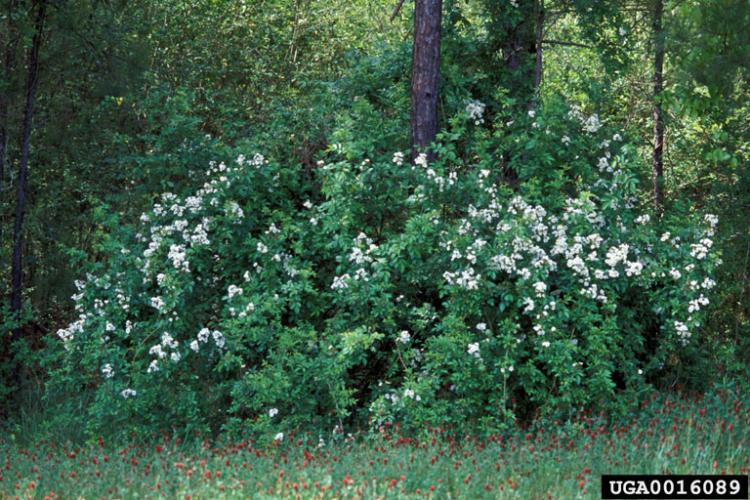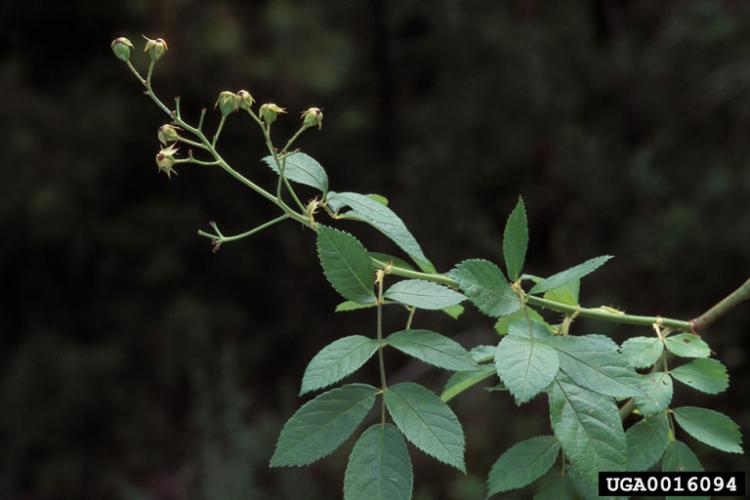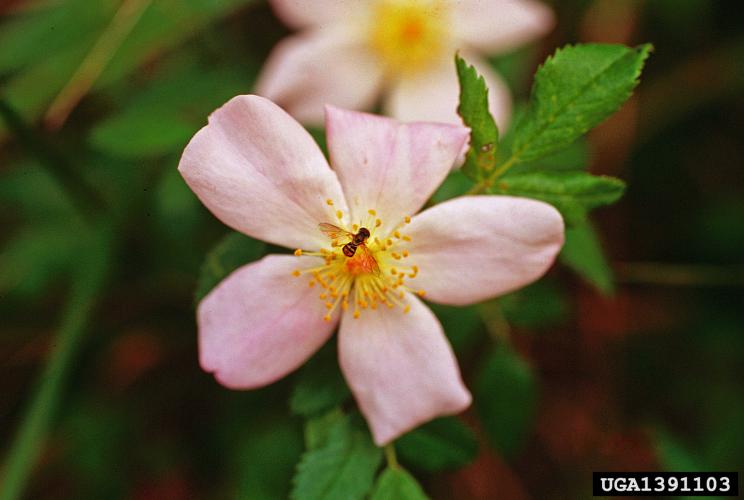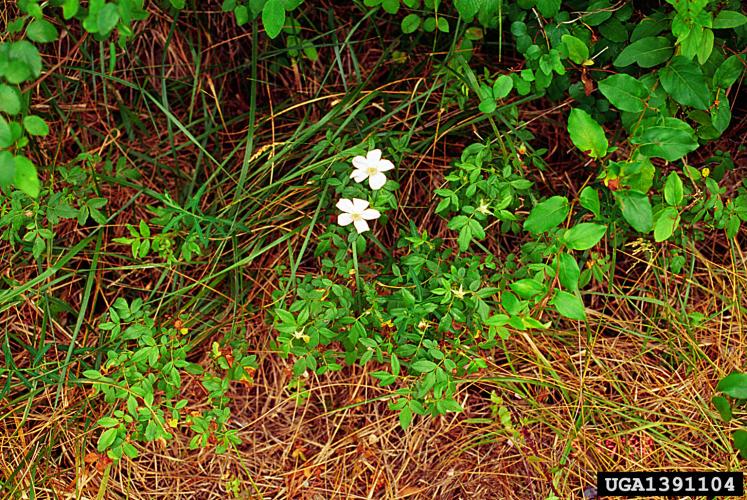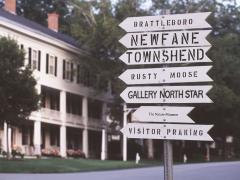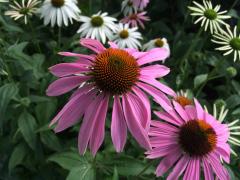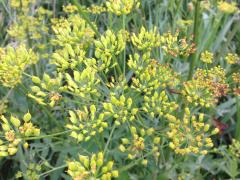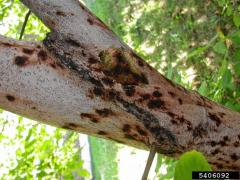Mapping for Healthy Forests Superstar: Tom Norton

The Mapping for Healthy Forests (M4HF) pilot project continues to build momentum, with our volunteers collecting over 2,200 observations of non-native invasive plants, across 120+ Vermont towns. Making huge waves in eastern VT, is Superstar Volunteer, Tom Norton. A retired engineer, Tom now spends his time as a musician, gardener, naturalist, and land steward. He is moved by the desire to see biodiversity across the 200 acres of forested land he stewards in Thetford and Hartford.
